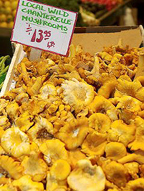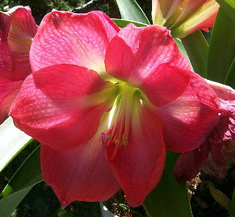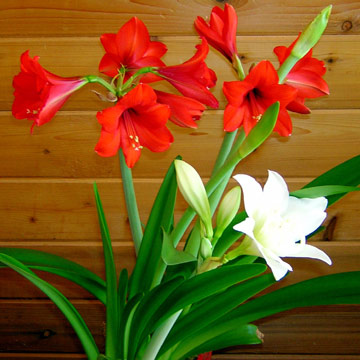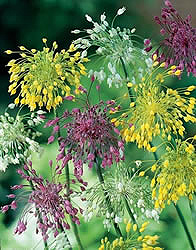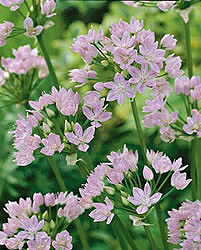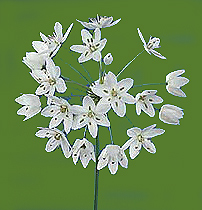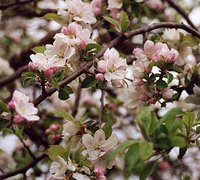 African Violets grow perfectly for 2 types of people:
African Violets grow perfectly for 2 types of people:1) Residents of Tanzania
2) Indoor Gardeners with a lot of time on their hands
If you don’t fall into those two categories, you’re probably an African Violet serial killer like me... and Sandy... and pretty much everyone else I know. Each year, supermarkets tempt us with these darling little house plants though the average life expectancy in my home is about 6 weeks.
* The quickest way to kill them is by over watering. Water when soil is dry to the touch.
 * Another good way to do a bad job is to water them from above. They absolutely hate getting their leaves wet. Set them in a saucer and let the roots soak up the water.
* Another good way to do a bad job is to water them from above. They absolutely hate getting their leaves wet. Set them in a saucer and let the roots soak up the water.East windows, with morning sunlight and bright light for the rest of the day is ideal. (My M.O. generally involved placing them in a hot, south window where they literally curled up and died.) If leaves start turning brown, the plant is getting too much light.
 Spend the extra dollar on African Violet soil. Give them diluted plant food, once a month.
Spend the extra dollar on African Violet soil. Give them diluted plant food, once a month.These little flowers grow wild in one small place on the planet, the rainforests of East Africa. Make them feel at home by creating a humid environment.
Put a layer of stones in a deep saucer, fill with water, and place your flower pot on top of it. (Pot should sit above the water level.) The water will slowly evaporate upwards, creating the perfect flowering environment for your African violet. (Which, incidently, is not a violet at all. But, that's a story for another day.)

